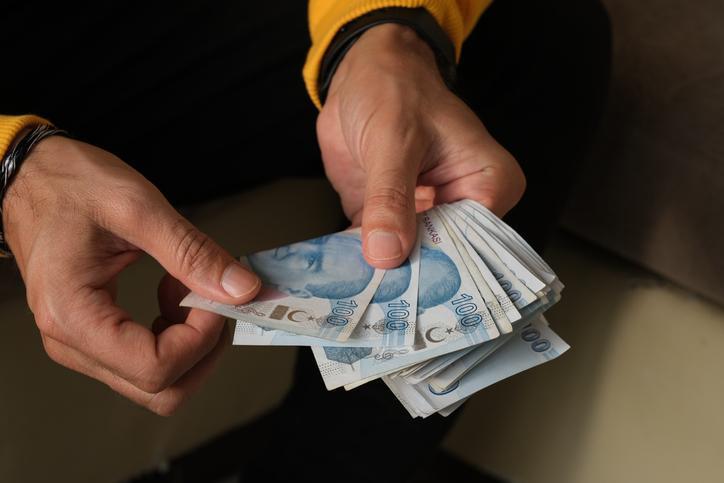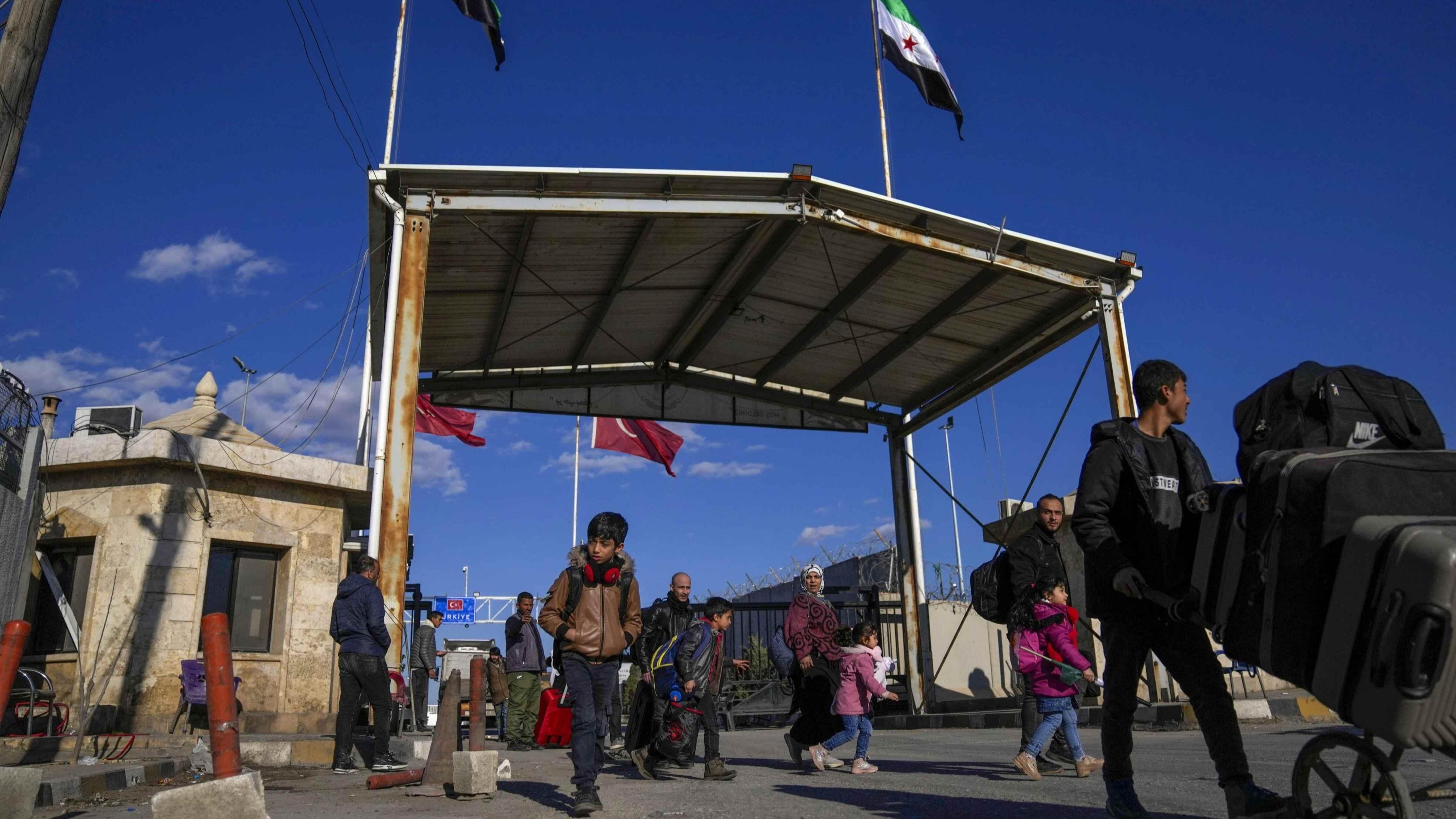Annual inflation eases for sixth consecutive month
ISTANBUL

Falling for a sixth consecutive month, Türkiye’s annual consumer inflation rate slowed to a 16-month low of 43.68 percent in April, according to official data released yesterday.
April’s figure, announced by the Turkish Statistical Institute (TÜİK), was down from 50.51 percent in March.
The inflation rate was 69.97 percent in April 2022.
The consumer price index (CIP) rose 2.39 percent in April from a month earlier, TÜİK said. The official numbers were slightly less than predicted, with a median monthly estimate of 2.60 percent and an annual forecast of 44 percent in latest polls.
The domestic producer price index (PPI) was up 0.81 percent month-on-month in April for an annual rise of 52.11 percent, the data showed.
“The decline in headline inflation and the continued narrowing of the PPI-CPI gap are having a positive impact on inflation expectations,” Treasury and Finance Minister Nureddin Nebati wrote on Twitter following the announcement of the numbers.
“While the whole world is struggling with recession fears and job losses, we are continuing our determined fight against inflation without compromising output, employment and growth,” Nebati added.
“We expect this rapid decline, which is a result of our determined fight against inflation, to continue in the coming months and annual inflation to fall to much lower levels this year.”
In its April meeting, the Turkish Central Bank kept the one-week repo rate, also known as the policy rate, unchanged at 8.5 percent.
The bank forecasts that inflation in the country will decline to 22.3 percent at the end of the year.
The base effect that helped lower the annual reading so far this year is expected to wear off in coming months and economists say inflation could rise again.
Haluk Bürümcekçi, of Consulting, predicted that annual inflation could decline until June due to the base effects.
“Annual CPI could decrease to at most around 40 percent levels in the first half of the year and end up in the range of 50-55 percent for the year,” he wrote in a note.
Bürümcekçi also said “there is uncertainty regarding the balance point of exchange rates and interest rates for the second half of the year due to the elections.”
Annually, the biggest increase was seen in the health sector with 66.62 percent, followed by restaurants and hotels with 66.41 percent and food and non-alcoholic beverages with 53.92 percent.
On a monthly basis, communication prices rose 5.93 percent, restaurant and hotel prices rose 4.24 percent and food and non-alcoholic beverage prices rose 3.95 percent.
















